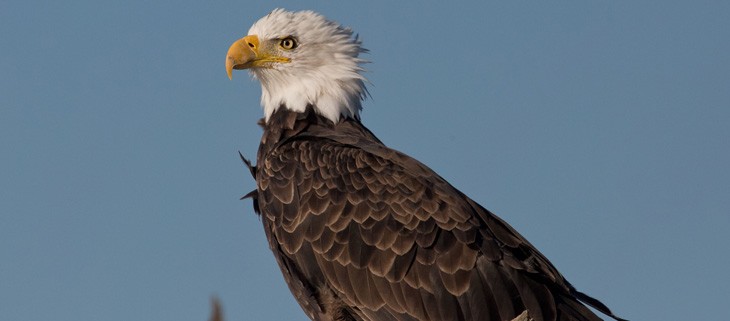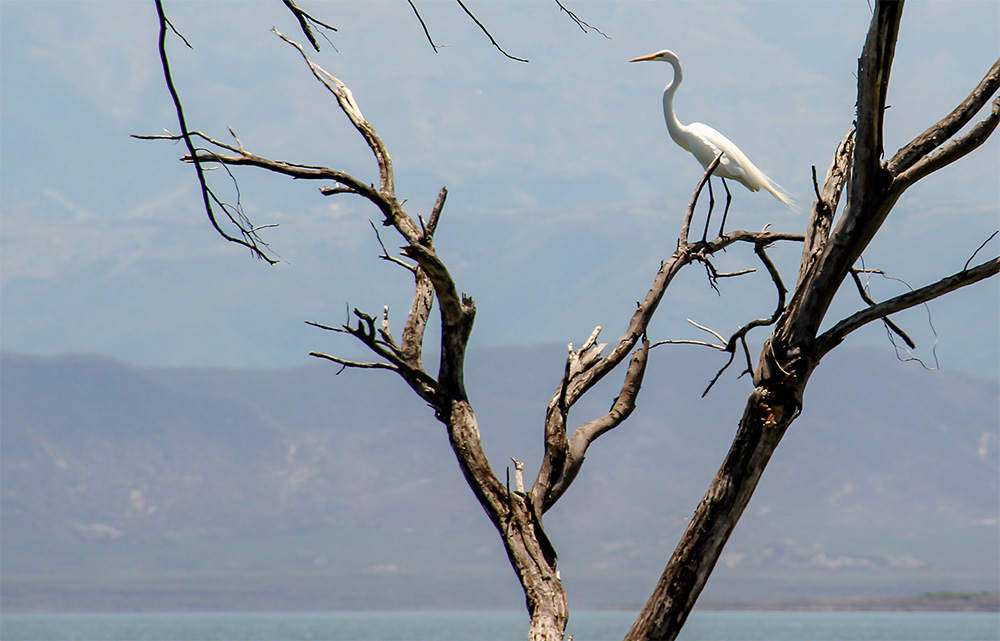December 4, 2024
The Ebiil Society: Champions of Palau
Ann Singeo, founder of our partner organization the Ebiil Society, shares her vision for a thriving Palau and a flourishing world of indigenous science!
We use cookies to help you navigate efficiently and perform certain functions. You will find detailed information about all cookies under each consent category below.
The cookies that are categorized as "Necessary" are stored on your browser as they are essential for enabling the basic functionalities of the site. ...
Necessary cookies are required to enable the basic features of this site, such as providing secure log-in or adjusting your consent preferences. These cookies do not store any personally identifiable data.
Functional cookies help perform certain functionalities like sharing the content of the website on social media platforms, collecting feedback, and other third-party features.
Analytical cookies are used to understand how visitors interact with the website. These cookies help provide information on metrics such as the number of visitors, bounce rate, traffic source, etc.
Performance cookies are used to understand and analyze the key performance indexes of the website which helps in delivering a better user experience for the visitors.
Advertisement cookies are used to provide visitors with customized advertisements based on the pages you visited previously and to analyze the effectiveness of the ad campaigns.
Our new online shop is live!

Almost 40% of the world’s bird species are regular migrants and as we learn more about the natural history of species, this number is only increasing. In 1918, the Migratory Bird Treaty Act was created as an agreement between the United States and Canada in response to species decline and extinction due in large part to hunting and the feather trade. It was one of the first wildlife protection laws in the United States and to this day is considered one of the most impactful.
The MBTA provides that it is unlawful to pursue, hunt, take, capture, kill, possess, sell, purchase, barter, import, export, or transport any migratory bird, or any part, nest, or egg or any such bird, unless authorized under a permit issued by the Secretary of the Interior. Some regulatory exceptions apply. Take is defined in regulations as: ‘pursue, hunt, shoot, wound, kill, trap, capture, or collect, or attempt to pursue, hunt, shoot, wound, kill, trap, capture, or collect.’ ”
US Fish and Wildlife Service
Since it’s creation, the treaty has expanded to include Mexico, Japan, and Russia. Its scope and scale has aided in the recovery of species such as the Great Egret, the Bald Eagle, and the California Condor among many others.

At the time of creation, the largest threat to many bird species was hunting both for sport and for the feather trade. Although these are of less concern today, many activities in the modern world pose an equally significant threat. Incidences involving the death of a migratory bird due to oil pits, oil spills, power lines, or wind turbines all fall into the category of “incidental take,” meaning a bird dies accidentally due to an otherwise lawful activity.
In recent history, the most significant case of “incidental take” under the Migratory Bird Treaty Act followed the BP oil spill in the Gulf of Mexico which caused the death of more than one million birds. As a result, BP paid $100 million to the North American Wetlands Conservation Fund as mitigation to aid in the recovery and conservation of birds.
On February 3rd, 2020 the US Fish and Wildlife Service announced a revised interpretation of the Migratory Bird Treaty Act which will no longer hold companies responsible for instances of “incidental take.” Conservationists are increasingly concerned that without legal ramifications of incidental take, the wellbeing of migratory birds will be disregarded.
While several conservation groups are taking action including Audubon and the Center for Biological Diversity, new legislation is also being introduced to reinforce the protections. A group of bipartisan congresspeople have also introduced the Migratory Bird Protection Act to cement protections against cases of incidental take.

Despite the changes in the interpretation of the law, global conservation efforts can help prevent the extinction of these species. Many migratory species including Laysan Albatross, Cassin’s Auklets, and Pink-footed Shearwaters can all benefit from the restoration of islands where they nest.
Learn more about the Migratory Bird Protection Act:
H.R. 5552
Lowenthal Introduces Legislation
Sources:
National Geographic
Audubon
Featured photo: Bald Eagle. Credit: Peter Pearsall/U.S. Fish and Wildlife Service
Check out other journal entries we think you might be interested in.
Notifications